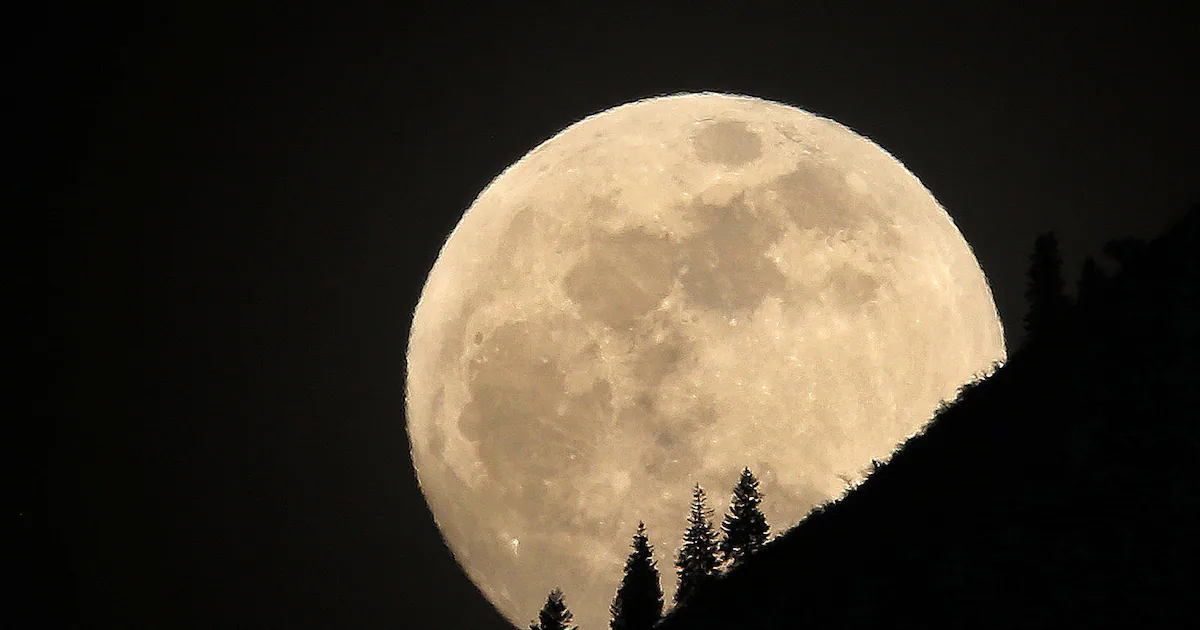Copyright Salt Lake City Deseret News

When a full moon aligns with the moon coming closest to Earth on its elliptical orbit, viewers on Terra Prime are treated to an extra bright nighttime show. The so-called supermoon phenomena is set to occur again this week with optimum viewing in North America happening at dusk Thursday. During every 27-day orbit around Earth, the moon reaches both its perigee, about 226,000 miles from Earth, and its farthest point, or apogee, about 251,000 miles from Earth, NASA explains. Because the moon’s orbit wobbles and differs depending on where the sun and Earth are in their orbits, the exact distance of the closest and furthest points varies, and some supermoons are closer or farther than others. “Supermoon” isn’t an official astronomical term, NASA says, but typically it’s used to describe a full moon that comes within at least 90% of perigee. “It’s very rare that an orbiting body follows an exactly circular path,” said Sara Russel, planetary science researcher for London’s Natural History Museum in a report on supermoons. “The moon has a slight ‘eccentricity,’ meaning it travels in an elliptical path around the Earth — so it’s sometimes nearer and sometimes further away.” Supermoons only happen three to four times a year, and always appear consecutively. Throughout most of Earth’s orbit around the sun, perigee and the full moon do not overlap. This week’s supermoon event is the second of 2025 with one more coming in December. While the moon will enter its full phase at 6:20 a.m. MST on Wednesday, experts say the best viewing will be at moonrise during dusk on Thursday when it will appear on the eastern horizon shortly after sunset. The moon will come within 221,817 miles of Earth this week and the closest since a February, 2019 supermoon event where the moon passed 221,681 miles from Earth. At its closest point, the full moon can appear up to 14% bigger and 30% brighter than the faintest moon of the year, which occurs when it’s farthest from Earth in its orbit, according to NASA. What is the ‘moon illusion’? While rising and setting moons appear to be much larger when close to the horizon, scientists say the phenomena is due to an optical illusion. NASA explains that the moon’s larger appearance when closer to the horizon is “all in our heads” and there really is no definitive answer to explain the quirk. In general, the proposed explanations have to do with a couple of key elements of how we visually perceive the world: how our brains perceive the size of objects that are nearer or farther away, and how far away we expect objects to be when they’re close to the horizon. It seems that our brains don’t know that the moon’s distance doesn’t change that much no matter where it is in the sky on a given night. The final supermoon of 2025 will occur on Dec. 4.



